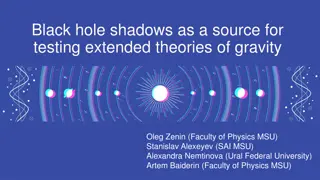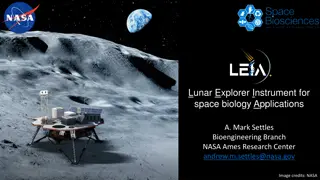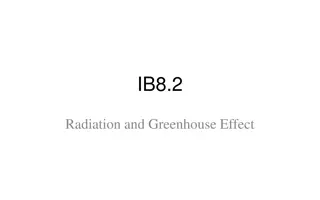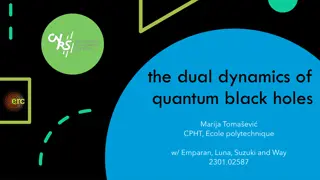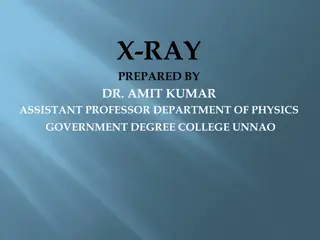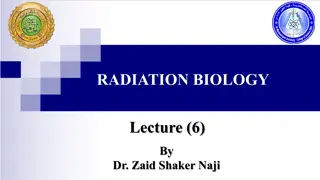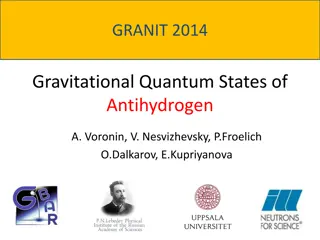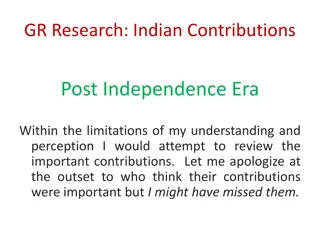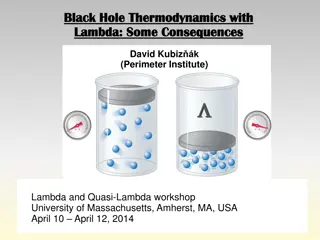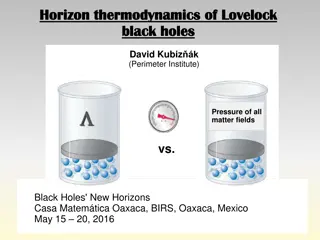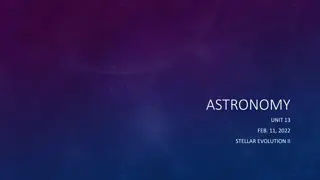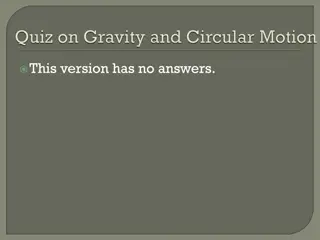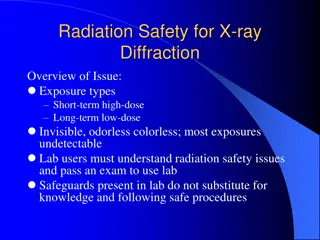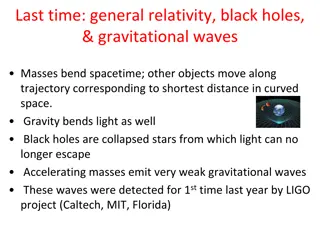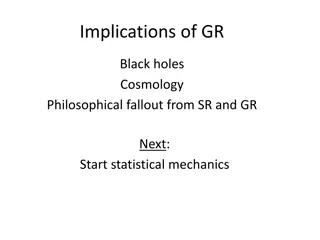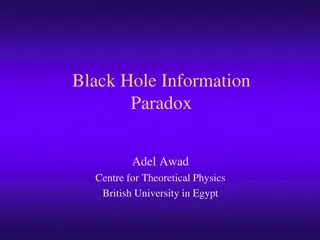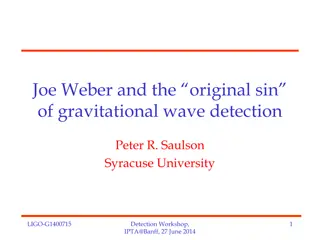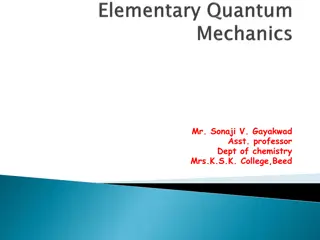Gravitational Radiation Driven Capture of Black Holes in Clusters
Explore the dynamics of black hole binary formation in clusters, focusing on gravitational radiation-driven capture processes. Delve into the implications of gravitational wave emissions on orbit transitions and energy radiation. Discover critical impact parameters and approaches to understanding these phenomena in the realm of astrophysics.
Download Presentation

Please find below an Image/Link to download the presentation.
The content on the website is provided AS IS for your information and personal use only. It may not be sold, licensed, or shared on other websites without obtaining consent from the author.If you encounter any issues during the download, it is possible that the publisher has removed the file from their server.
You are allowed to download the files provided on this website for personal or commercial use, subject to the condition that they are used lawfully. All files are the property of their respective owners.
The content on the website is provided AS IS for your information and personal use only. It may not be sold, licensed, or shared on other websites without obtaining consent from the author.
E N D
Presentation Transcript
Gravitational Radiation driven capture of two Black Holes Yeong-Bok Bae (NIMS) Asia-Pacific School and Workshop on Gravitation and Cosmology 2020 2020. 02. 12. IBS
Introduction Black Hole (BH) binaries Main sources of Gravitational Waves (GWs) Detectable frequency & strength for current interferometric GW detectors Predictable wave forms BBH formation Field Evolution of stellar binary Cluster Dynamical formation Inspiral-Merger-Ringdown (M. Favata, SXS, K. Thorne)
Introduction Dynamics in cluster Core collapse Mass segregation Formation of high density central region BH-BH binary formation Hardening by interactions Merging by emitting GWs Core collapse (Cohn 1980)
Introduction Three-body process Interaction of three bodies https://imgur.com/gallery/OkUBjPu Hut & Bahcall 1983
Introduction Gravitational Radiation driven capture (GR capture, or GW capture) Unbound orbit to bound orbit by emitting GWs Energy radiation > orbital energy
Parabolic approximation (Quinlan & Shapiro 1989) Due to the difficulties in finding the marginally capturing orbit Hyperbolic orbit has similar paths with parabolic orbit around the pericenter where most GWs are radiated. Assumption: GW radiation from hyperbolic orbit is the same with that from parabolic orbit. The orbital energy of marginally capturing hyperbolic orbit can be obtained from parabolic orbit. e.g.) E=0.01 in parabolic orbit hyperbolic orbit with orbital E=0.01 can be captured.
Critical impact parameter ? ? ? = ??? Orbital energy & angular momentum ? =1 ? = ??? 2?? 2, Critical impact parameter (cross section) ? = ?? = ? ? ? = ??2 2??,
Approach to GR capture - Newtonian orbit 1. Newtonian orbit + GWs from quadrupole formula Weak encounter Point mass, No spin Time average of energy emission rate of eccentric orbit (Peters 1964) ?4?12?22(?1+?2) ?5?5(1 ?2)7/2 ?? ??= 32 1 +73 24?2+37 96?4 5
Approach to GR capture - Newtonian orbit Circularization Peters 1964 ?? ?? 15??3?1?2(?1+?2) ?5?4(1 ?2)5/2 = 304 121 304?2 1 + For parabolic orbit (Quinlan & Shapiro 1989), ? =85??7/2?12?22(?1+?2)1/2 12 2?5??7/2
Approach to GR capture - Post-Newtonian corrected orbit 2. Post-Newtonian equation of motion (Blanchet 2014) Point mass, spin e.g.) up to 2.5 PN, ?? ?2 1 + ? ? + ?? ??= ??
Approach to GR capture - Post-Newtonian corrected orbit
Approach to GR capture 3. Numerical relativity Numerical solutions of Einstein s equations Extended object, spin Strong encounter, Merger & Ringdown Expensive
Highly eccentric orbit Hong & Lee (2015)
Waveforms Sporadic burst Hong & Lee (2015) a=0.153AU ecc=0.99989
Waveforms Merger- Ringdown without inspiral
Waveforms Zoom & whirl orbit
Radiated energy Bae et al. 2017
BH spins More radiations for anti- aligned spin in fly-by orbit larger cross section Bae et al. (in prep.)
Summary BBH can be formed by very close encounters with emitting GWs. Highly eccentric orbit can be formed from GR capture. Approach to GR capture parabolic approximation Newtonian orbit Post-Newtonian corrected orbit Numerical relativistic simulation Highly eccentric Waveforms Sporadic burst Merger-ringdown without inspiral Zoom & whirl orbit


